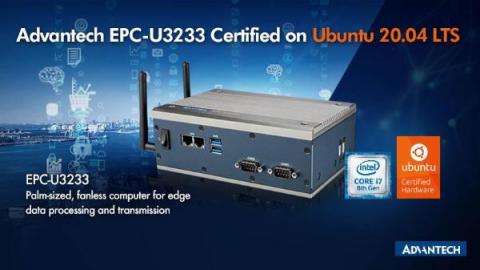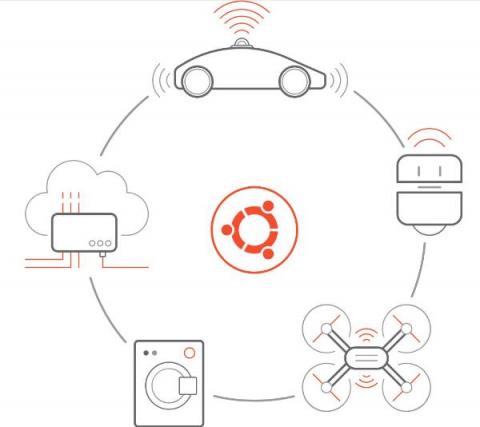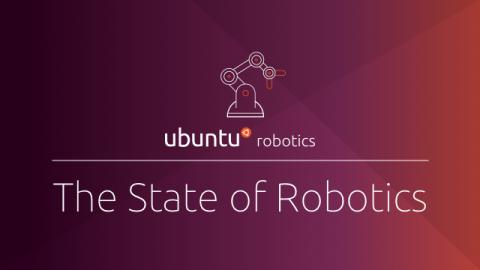Data centre networking: SmartNICs
This blog post is part of our data centre networking series: With the explosion of application traffic and the multiplication of data centre workloads during the last decade, east-west traffic greatly increased and ended up impacting the traditional north-south based architectures. This raised the need to review the entire data centre architecture while keeping the goal of meeting performance, security, and monitoring requirements.










